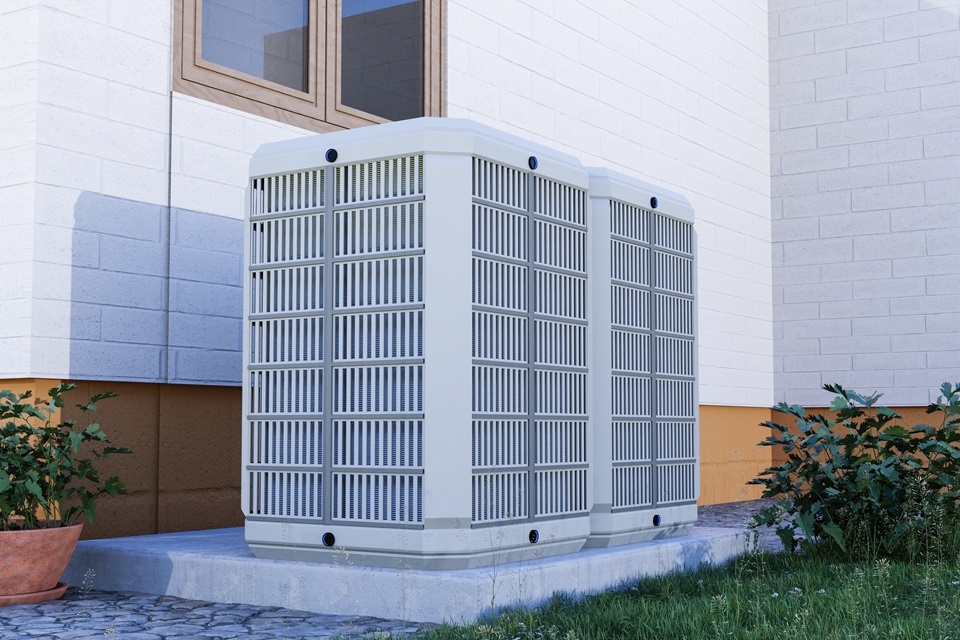In the modern age, where comfort is king, the HVAC (Heating, Ventilation, and Air Conditioning) system reigns supreme. Whether it’s sweltering heat or bone-chilling cold, a well-designed HVAC system ensures that we remain cozy in our homes, offices, and even vehicles. However, behind the scenes of this comfort lies a complex network of components working in harmony.
In this article, we’ll delve into the intricacies of an effective HVAC system, unraveling the mystery behind its components and how they contribute to our overall comfort.
Table of Contents
Heating Components
Let’s start with heating, the element that keeps us warm during cold winters. The heart of any heating system is the furnace or boiler. Furnaces typically use natural gas, electricity, or oil to generate heat, while boilers heat water, which then circulates through radiators or underfloor pipes. The efficiency of these heating sources is crucial for both comfort and energy conservation.
Additionally, thermostats play a pivotal role in maintaining a comfortable temperature. Modern thermostats, such as programmable or smart thermostats, allow for precise control over heating cycles, optimizing energy usage and comfort levels.
Ventilation
Ventilation is often an overlooked aspect of HVAC systems, yet it’s essential for maintaining indoor air quality and comfort. Ventilation systems ensure the circulation of fresh air while removing pollutants, odors, and excess moisture.
Key components of ventilation systems include air ducts, fans, and air filters. Air ducts distribute heated or cooled air throughout the building, while fans facilitate airflow. Filters trap dust, allergens, and other particles, preventing them from circulating in the air. Proper ventilation not only enhances comfort but also promotes a healthier indoor environment.
Air Conditioning
When the summer heat becomes unbearable, air conditioning comes to the rescue. Air conditioning systems work by removing heat from indoor air and circulating cool air throughout the space. The primary components of an air conditioning system include the compressor, condenser, evaporator coil, and refrigerant.
The compressor pressurizes refrigerant gas, which then flows to the condenser where it releases heat and condenses into a liquid. The liquid refrigerant passes through the evaporator coil, absorbing heat from indoor air and cooling it. The cycle repeats to maintain a comfortable temperature.
Efficient air conditioning systems not only cool effectively but also minimize energy consumption, contributing to lower utility bills and environmental sustainability.
Ductwork & Distribution
Ductwork plays an essential role in ensuring that HVAC systems efficiently circulate heated or cooled air to different rooms in a building. However, certain issues, such as blockages, leaks, or poor insulation, can lead to uneven heating or cooling and raised energy costs. That’s where level switches come into play.
These devices help monitor the proper flow of air through the ducts while alerting you to any issues that may compromise the system’s overall performance. Regularly inspecting and maintaining your ductwork can help keep your HVAC system operating at optimal levels, ensuring your comfort and saving you money in the long run.
Controls & Automation
Advancements in technology have revolutionized HVAC systems, allowing for greater control, automation, and energy efficiency. Programmable thermostats enable users to schedule heating and cooling cycles based on their preferences and occupancy patterns, optimizing comfort while reducing energy waste.
Moreover, smart HVAC systems utilize sensors, algorithms, and connectivity to adapt to changing conditions and user behavior. These systems can learn from user input, adjust settings accordingly, and provide insights into energy usage and efficiency.
In Conclusion
An effective HVAC system is more than just a means of heating and cooling—it’s a cornerstone of comfort, health, and sustainability. By understanding the components and principles behind HVAC systems, we can make informed decisions to create environments that are both comfortable and efficient.
From heating and ventilation to air conditioning and controls, each component plays a crucial role in delivering optimal comfort while minimizing energy consumption and environmental impact. By investing in quality equipment, proper installation, and regular maintenance, we can ensure that our HVAC systems continue to decode comfort for years to come.



